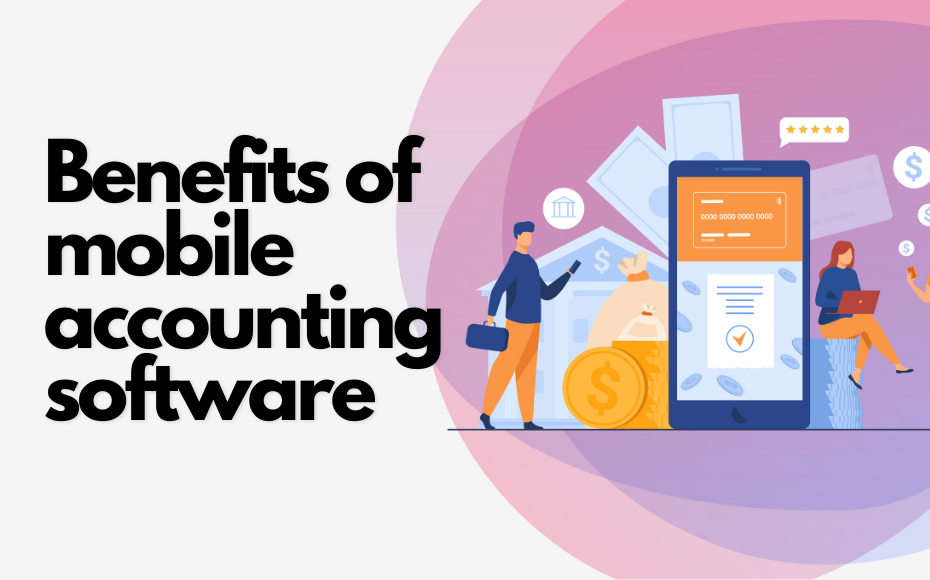The Mobile Capabilities of Accounting Software

The mobile capabilities of accounting software enable users to access key features and functionalities of the software on mobile devices, such as smartphones and tablets. Here are common mobile capabilities offered by accounting software:
Mobile Apps: Accounting software providers offer mobile apps that users can download and install on their iOS or Android devices. These mobile apps provide access to essential accounting features, such as invoicing, expense tracking, bank reconciliation, and financial reporting, from anywhere with an internet connection.
Dashboard Access: Mobile apps for accounting software typically include dashboards that provide an overview of key financial metrics, such as account balances, cash flow, income, expenses, and outstanding invoices. Users can monitor financial performance and track important KPIs on the go.
Invoicing and Billing: Users can create, customize, and send invoices to customers directly from their mobile devices using accounting software mobile apps. They can generate invoices, add line items, apply discounts, and send invoices via email or messaging apps, facilitating faster billing and payment processing.
Expense Tracking: Mobile apps for accounting software allow users to capture and track business expenses on the go. Users can take photos of receipts, categorize expenses, and record expense details using their mobile devices, ensuring accurate expense tracking and timely reimbursement.
Bank Reconciliation: Users can reconcile bank transactions and review account activity directly from their mobile devices using accounting software mobile apps. They can match transactions, review bank balances, and categorize transactions while on the move, improving efficiency in bank reconciliation processes.
Document Management: Some accounting software mobile apps offer document management capabilities, allowing users to upload, view, and manage documents, such as receipts, invoices, contracts, and statements, from their mobile devices. Users can access important documents anytime, anywhere, and attach documents to transactions for reference or compliance purposes.
Real-Time Collaboration: Mobile apps for accounting software enable real-time collaboration among team members by allowing users to share financial data, reports, and documents securely from their mobile devices. Users can collaborate on financial tasks, communicate with team members, and make decisions on the go.
Notifications and Alerts: Accounting software mobile apps provide notifications and alerts to keep users informed of important events, such as overdue invoices, pending approvals, or unusual account activity. Users receive notifications on their mobile devices, enabling timely action and follow-up on critical tasks.
Security Features: Accounting software mobile apps incorporate security features, such as biometric authentication (e.g., fingerprint or face recognition), passcode protection, and data encryption, to ensure the confidentiality and integrity of financial data accessed on mobile devices.
Offline Access: Some accounting software mobile apps offer offline access, allowing users to access certain features and data even without an internet connection. Users can capture expenses, create invoices, and review financial information offline, with data syncing automatically once a connection is restored.
Overall, the mobile capabilities of accounting software empower users to manage financial tasks, track expenses, invoice customers, reconcile bank transactions, collaborate with team members, and access important financial data anytime, anywhere, using their mobile devices. By leveraging mobile capabilities, businesses can improve productivity, responsiveness, and flexibility in financial management processes.
Thank you,